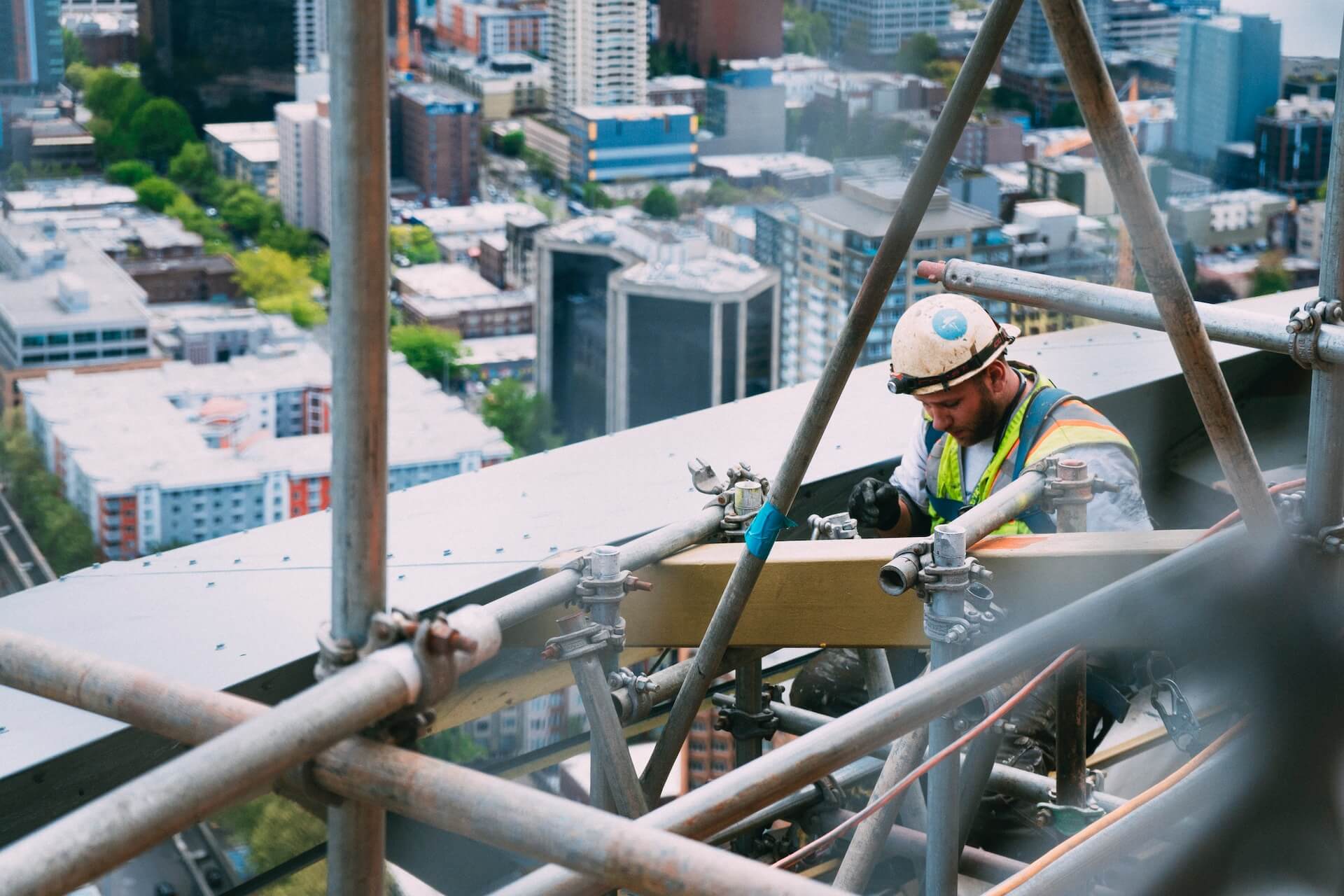
Working at height is one of the leading causes of on-the-job injuries and fatalities. Despite this, working at height is a common requirement in the construction industry, and in many cases, it’s a risk that cannot be avoided.
Because the risk is so great – even if you’re not that far off the ground – there are lots of rules and guidelines in place to help workers stay safe while operating at height. In this blog post, you’ll find some key safety tips to help you feel more confident when you’re working on a rooftop, ladder, or elevated work platform.
More...
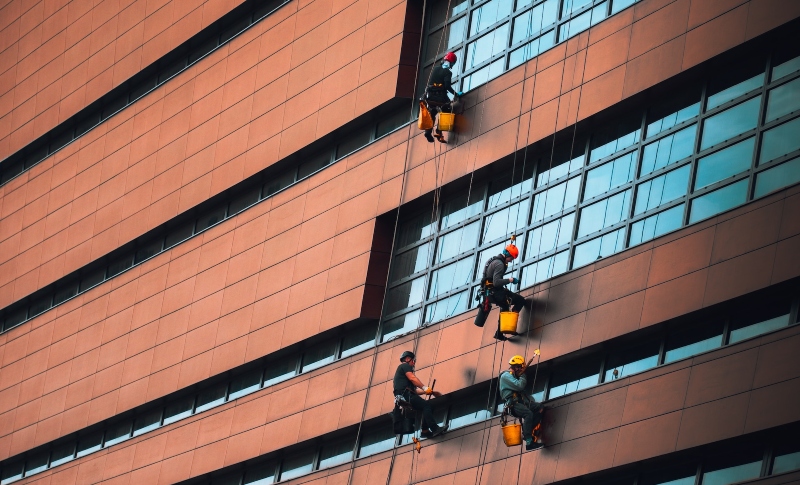
If you work at height, whether it be once a year or multiple times a month, you have a duty to partake or provide work at height training. This is a legal duty under The Health and Safety at Work Act of 1974. It is essential that anyone who works from height is 'competent' in doing so.
Read on to find out more about work at height training and why it's important for the health and safety of yourself and your peers when working at height!
More...
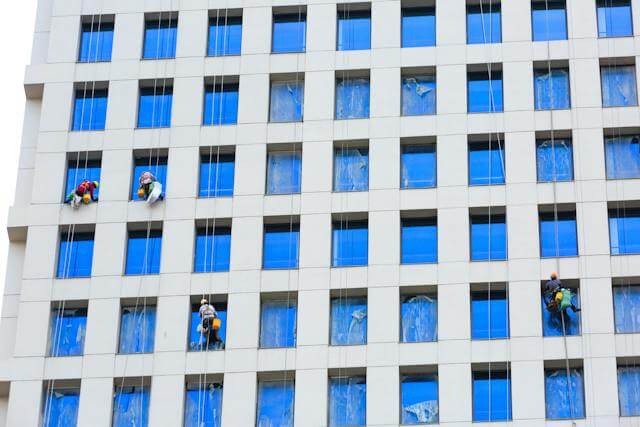
When you're working at height, there are a lot of different risks that you need to consider. Working at height is precarious, and if you need to take equipment or materials up with you, then you need to work out how you can do so safely. We always recommend that you conduct a thorough risk assessment before you do any work at height. This risk assessment will allow you to identify possible dangers and put the correct safety equipment and precautions in place to minimise the risk of an accident or injury.
More...
There are so many different types of safety harness - trust us, we know! - that it can often be difficult to determine what sort you need.
To help you out, we've put together this comprehensive guide to explain the difference between two of the most commonly-used harness types: fall arrest harnesses and work positioning harnesses.
What is a fall arrest harness?
A fall arrest harness is an essential part of a fall arrest system. The harness is connected to a secure anchor point via a fall arrest lanyard, and if you fall, this setup stops you before you hit the ground.
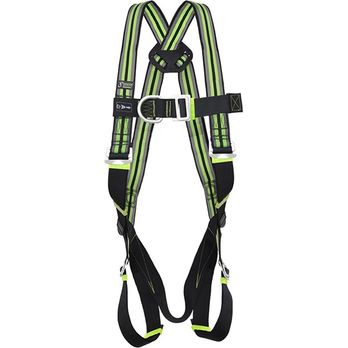
Fall arrest harnesses are essentially the last line of defence for workers who might be exposed to fall hazards. Arresting the fall should be considered a last resort - if possible, it's better to prevent the fall from occurring in the first place (e.g. by using a fall restraint system). But this isn't always practical or viable.
More...
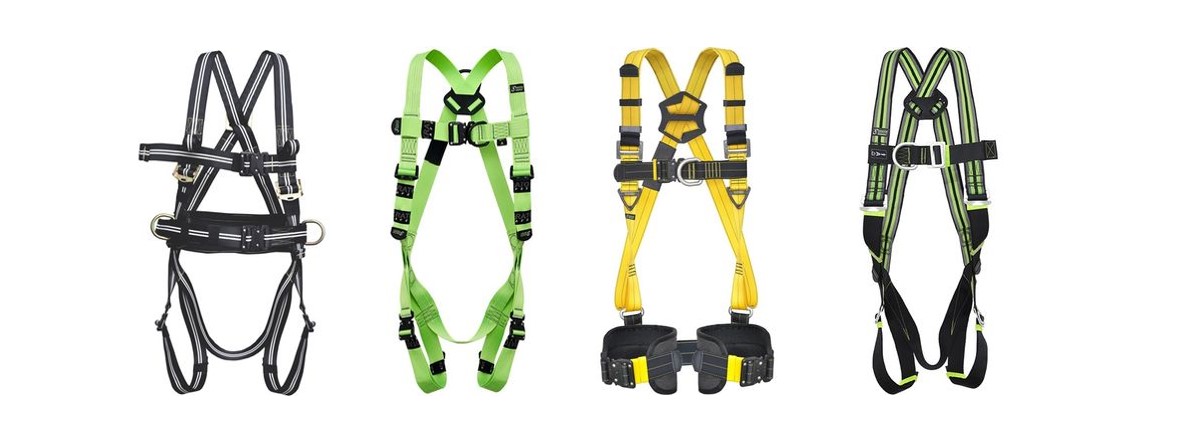
It’s always important to have the right safety equipment to hand when working at height, but even more so when working on a roof. Working on uneven surfaces like roofs can potentially be very dangerous, especially if the surfaces are slippery.
Wearing the right harness when working on a roof is vital to ensuring personal safety. But what makes a good harness for roofing? Where can you find a range of suitable roofing harnesses?
If you’ve ever found yourself asking these questions, you’re in the right place!
More...

